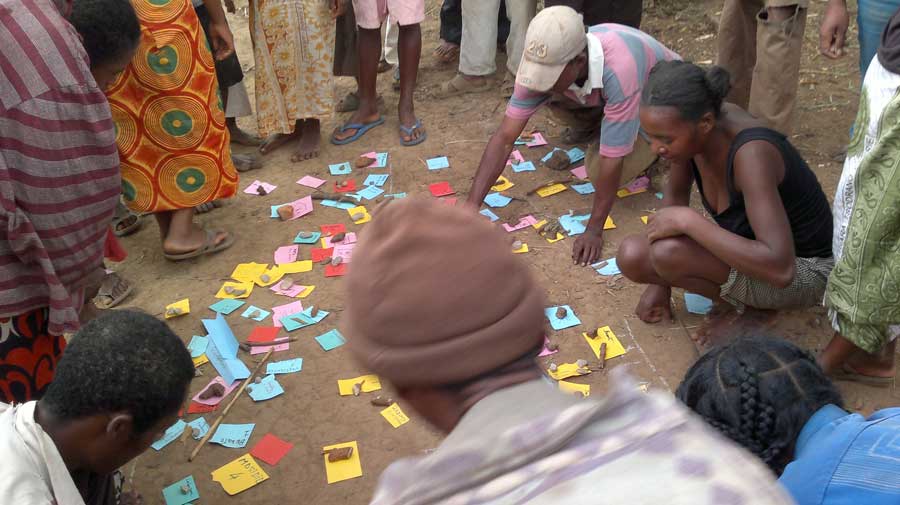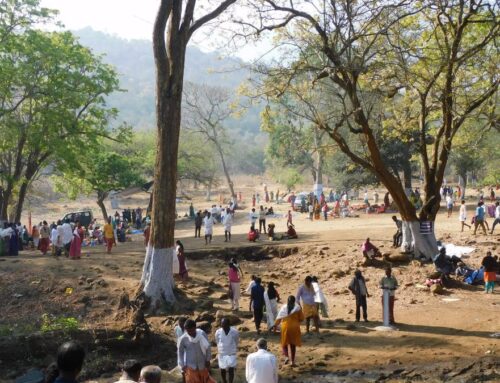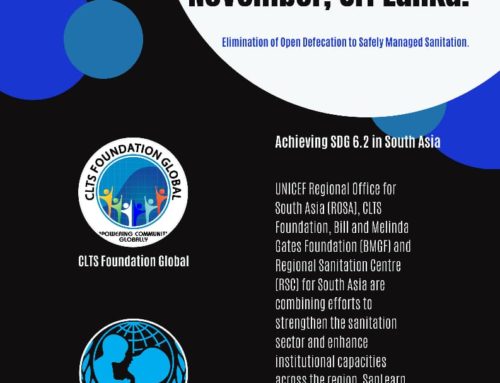Over one-third of the 2.5 billion people worldwide who do not have access to improved sanitation live in India. Nearly 69 per cent of the population practise open defecation. Typically, the government of India’s national sanitation schemes have focused on building more latrines for reducing open defecation, health-related illness and child malnutrition.
A 3ie-funded impact evaluation research team used a cluster-randomised controlled trial to evaluate the government’s Total Sanitation Campaign in Odisha, India to see if latrine coverage did indeed reduce exposure to disease. The intervention mobilised households in villages characterised by high levels of open defecation to build and use latrines. The study was conducted between May 2010 and December 2013, involving more than 50,000 individuals in 100 villages.
Key policy messages
• The study results show that the assumption that more latrines will reduce exposure to faecal pathogens, and therefore disease, does not necessarily hold true.
• During the study period, latrine coverage in the intervention villages increased from 9 per cent of households to 63 per cent, compared to an increase from 8 per cent to 12 per cent in the control villages.
• The increase in latrine coverage did not prevent diarrhoea or reduce soil-transmitted helminth infection in the intervention villages. The seven-day prevalence of reported diarrhoea in children younger than 5 years was 8.8 percent in the intervention group and 9.1 percent in the control group.
Deepak Sanan, Member, Management Committe, CLTS Foundation says,”How much more evidence needs to be piled up to show that it is not about toilets but collective behaviour change? Specially in India where toilet construction and counting continue to be the emphasis in the publicly funded programme. Even as the hype about behaviour change and ODF communities gathers momentum, the accent continues to be about subsidies for toilets and more toilets by any means.
Read the full report here: http://www.3ieimpact.org/media/filer_public/2015/07/31/ow2063_gfr_odisha_final_report.pdf
Date: September 2, 2015




Leave A Comment